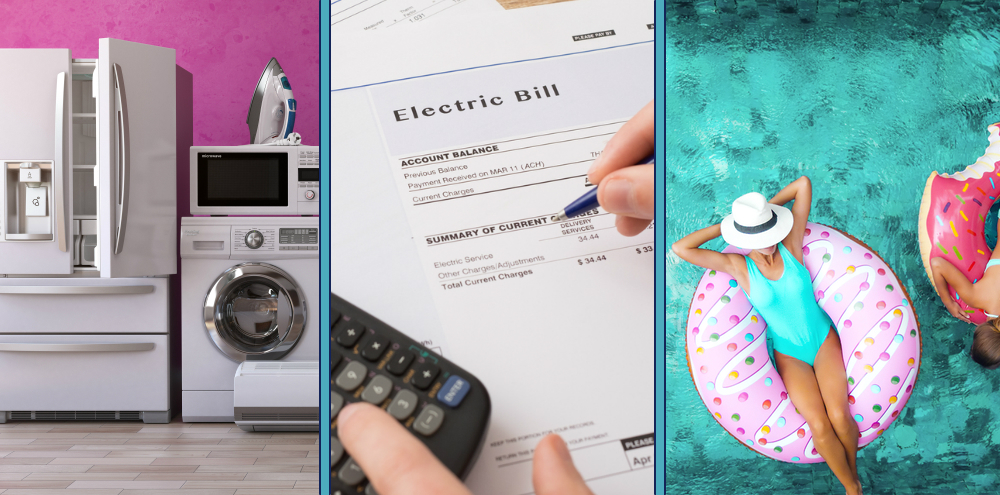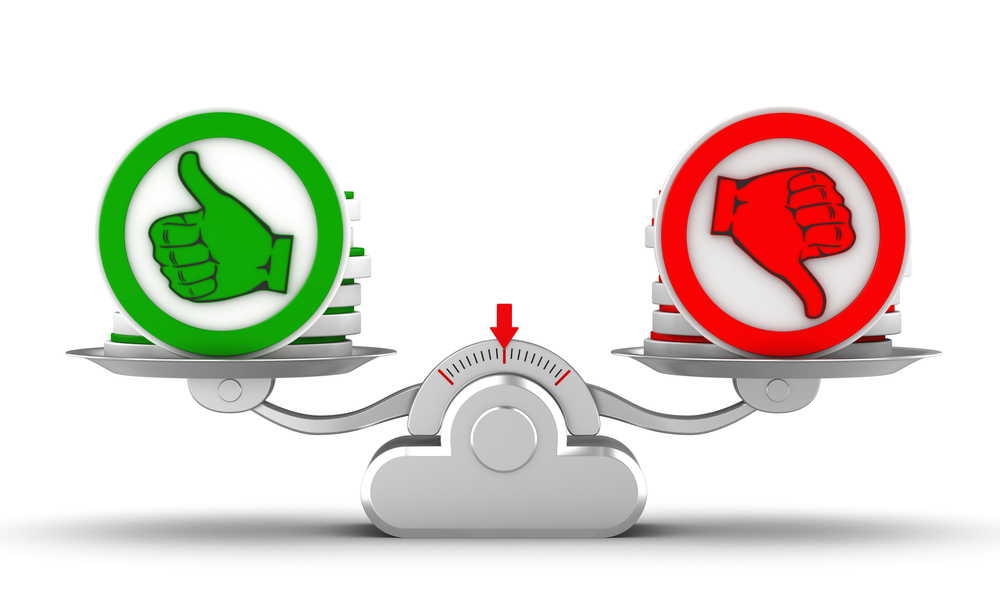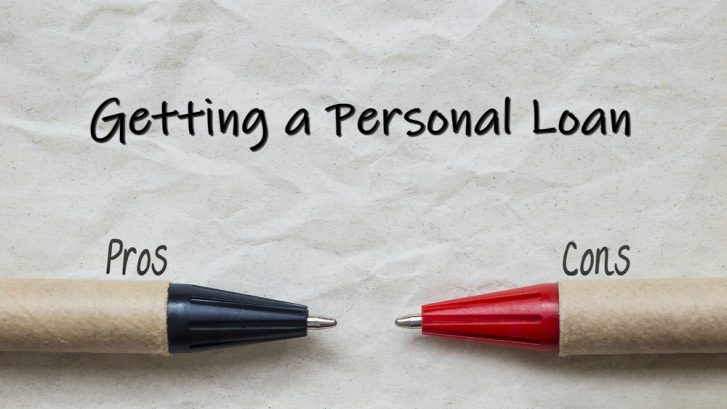Pros and Cons of Personal Loans
A personal loan can sometimes be the ideal solution for covering bills, affording a holiday, or making a purchase that’s currently just out of reach. However, as with most things in life, there are both pros and cons of personal loans.
And as with most decisions in life, you’ll typically make the right call when you’ve done the appropriate research to fully inform yourself. To help you do just that, we’ve put together a list of the pros and cons of getting a personal loan.
Personal Loan Advantages and Disadvantages
Pro: They’re flexible.

A home loan can help you buy a home. A car loan gets you some new wheels. But you can use a personal loan for pretty much anything you need or want. This means it’s suitable for just about any circumstances and can come in handy for any unexpected expenses or essential purchases.
Con: It’s only a temporary fix.
Personal loans aren’t going to get you out of debt. If used wisely, they can be a good short-term solution between paydays. But you need to make sure you never borrow more than you need or more than you can afford to pay back. Otherwise, your personal loan could lead into a cycle of debt.
Pro: Approval and transfer are quick.
The cash from a personal loan can land in your account in days or even hours – great for when your bills or purchases can’t wait. With Cigno, you’ll usually enjoy same-day approval and receive your funds either that day or the next morning.
Con: Interest rates are reasonably high.
Compared to other types of loans, personal loans tend to carry a higher interest rate. Before committing, make sure you understand what rate to expect and do the maths to check that your repayments will be within your budget.
Pro: Bad credit isn’t necessarily an obstacle.
Getting a mortgage or other large loan can be difficult if you’ve got a couple of strikes against your name. Personal loans are typically more forgiving for people with blemished credit histories. Just keep in mind that poor credit can still restrict your options and might lead to a higher interest rate (depending on the lender).
Con: They need to be paid back quickly.
Personal loans are quick – and so are their repayments. You’ll have a limited window to repay the loan before additional fees come into play, so plan your finances accordingly to avoid paying extra.
Pro: No assets are needed.
Many personal loans can be unsecured, which means you don’t need to put your home or vehicle up as collateral.
Weighing Up the Pros and Cons of Personal Loans

A loan isn’t something to apply for on impulse. It’s an important financial decision you should only make after understanding the pros and cons of getting a personal loan – as well as considering available alternatives.
Compare the personal loan advantages and disadvantages listed above, and think about how relevant each one is to your current situation. This will help you decide if a personal loan is the most suitable step forward for your finances.
If you’ve determined that a short-term cash loan is the appropriate solution for you, you can apply today.







